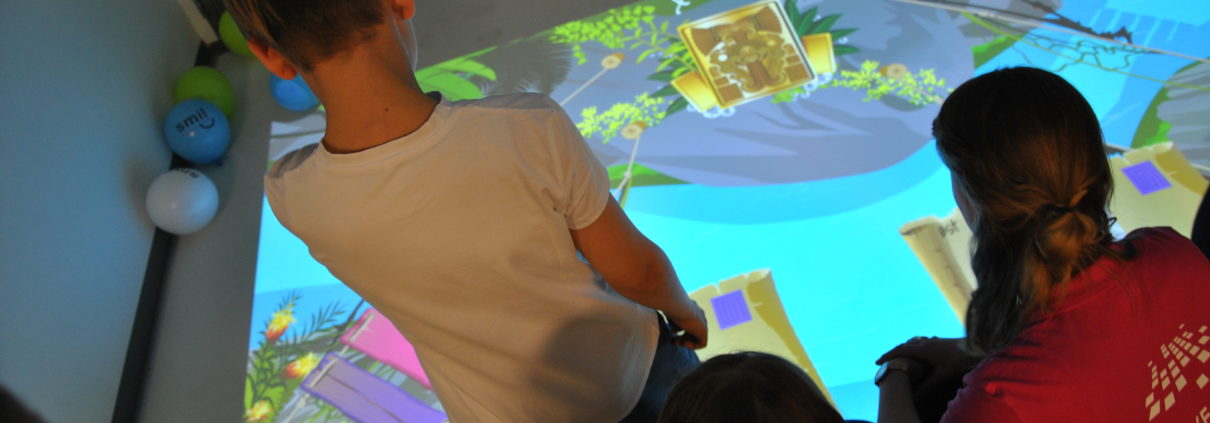Active Floor in Danish hospitals – a haven in a difficult time
More and more children’s wards invests in the interactive floor, and there is good reason why. “Playing is an important part of a child’s hospital stay.” It emphasizes Professor Bent Ottesen, Rigshospitalet here.
Rigshospitalet leads the way …
Rigshospitalet has undoubtedly led the way and has installed Active Floor solutions a great joy to the kids at 3 different pediatric wards. Nurse Supervisor Maria Simmelkjær says: “The floor is interactive in several different ways, and it contributes both to get the kids out of the hospital bed to move, and to combine play and learning in relation to the children’s own disease.”
Play and learning in a fun and different way
“One of the unique things about the floor is that you can design games to the floor. This means that we can use the game to teach children about the body and thus help creating an understanding of the challenges some of the children have. A child with an ostomy may for example learn how to fit this along with mom and dad. By jumping from one field to another on the floor, the child can learn what to do and in the right order. With the floor, we can activate children in a fun way, and we can teach them some of the most difficult things in an entertaining way, “explains Maria.
Parents, staff and especially the children are excited ..
The 3 Active Floor solutions at Rigshospitalet is frequently used throughout the day. “We only hear positive feedback from parents who think it’s cool to be able to offer their children different types of stimuli and recreation during the hospitalization, or while they are waiting. The outpatient clinic also has access to Active Floor and the children are waiting here also uses diligently floor. The general picture is that it is being used with great pleasure “, says Gitte Maria Bondrup Larsen, who is an educator at the Children’s Surgical department at the hospital.
5 good reasons to get an Active Floor on the children’s ward:
- It mobilizes children, so they come out of bed and moves.
- They get good and entertaining experiences alone or with other children in a difficult time.
- It strengthens the treatment by giving doctors and nurses the opportunity to assess the children in the new framework.
- Staff gain a more varied clinical picture of the children.
- It fills the waiting time for both patients and their families.




Leave a Reply
Want to join the discussion?Feel free to contribute!